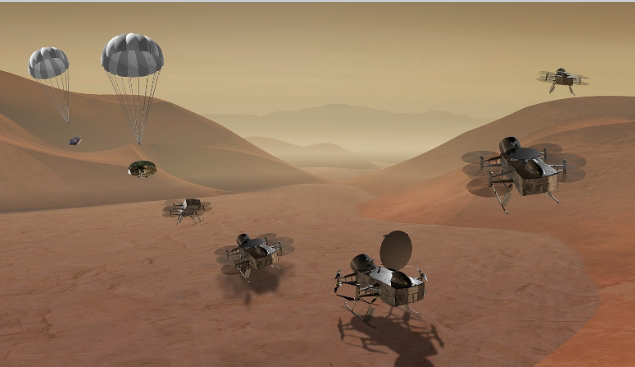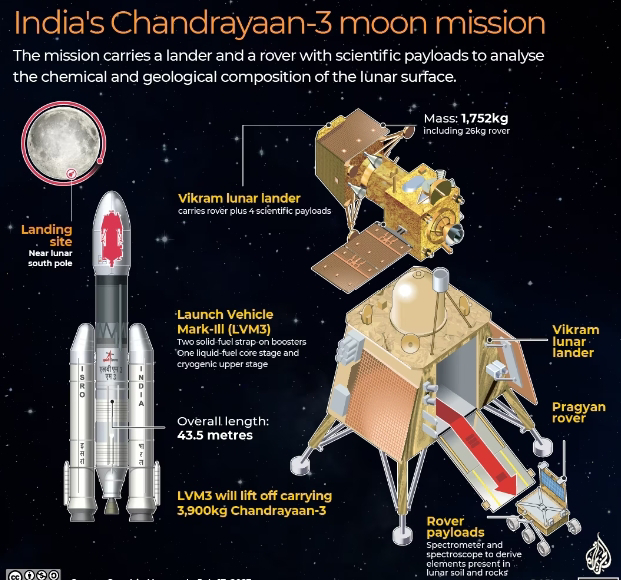Titan Submersible Mission: Unraveling the Mysteries of Saturn's Enigmatic Moon
**Introduction**
Titan, Saturn's largest moon, has captivated scientists and space enthusiasts alike with its unique features and intriguing potential for extraterrestrial life. As we continue to explore the mysteries of the cosmos, the concept of a Titan Submersible mission has emerged as a groundbreaking initiative to unlock the secrets hidden beneath Titan's icy surface and its vast hydrocarbon seas. In this article, we delve into the details of this ambitious project, highlighting its objectives, technology, challenges, and potential scientific discoveries.
**Exploring Titan's Hydrocarbon Seas**
One of the most fascinating aspects of Titan is the presence of vast lakes and seas composed of liquid hydrocarbons, primarily methane and ethane. Unlike Earth's water-based oceans, Titan's hydrocarbon seas endure extreme cold, with temperatures hovering around -290°F (-179°C). This unique environment presents an unparalleled opportunity for scientific exploration, as these lakes and seas hold important clues about the moon's geological history, its potential for prebiotic chemistry, and the origins of life in the universe.
**The Titan Submersible: A Technological Marvel**
The Titan Submersible is a state-of-the-art robotic spacecraft designed to navigate the frigid and hydrocarbon-rich environment of Titan's seas. The development of such a sophisticated vehicle required innovative engineering and advanced materials to withstand the moon's harsh conditions.
**1. Robust Structural Design:** The submersible will be built using materials capable of enduring extreme cold and pressure. Engineers are developing a robust structure that can withstand the tremendous forces exerted by the dense hydrocarbon liquids on Titan's surface.
**2. Propulsion System:** To navigate the hydrocarbon seas, the submersible will utilize specialized propulsion systems optimized for the unique properties of Titan's liquid methane and ethane. This technology will enable the craft to maneuver effectively, exploring the diverse regions of Titan's seas.
**3. Scientific Instrumentation:** The submersible will carry a suite of advanced scientific instruments, including spectrometers, cameras, and environmental sensors, to study the composition of Titan's lakes and seas. These instruments will analyze the presence of organic compounds and search for signs of potential life or prebiotic chemistry.
**Challenges and Solutions**
The Titan Submersible mission faces several daunting challenges due to the harsh conditions of Titan's environment and the vast distance from Earth. Some of the major challenges include:
**1. Communication:** Titan's thick atmosphere interferes with direct radio signals, making communication with the submersible difficult. To address this, scientists are exploring the use of relay satellites or floating buoys as communication intermediaries.
**2. Power Generation:** The submersible needs a reliable power source to operate in the cold and dark environment of Titan. Solar panels are considered inadequate due to the moon's distance from the Sun. Scientists are developing alternative power generation methods, such as radioisotope thermoelectric generators (RTGs).
**3. Autonomy:** The vast distance between Earth and Titan results in significant communication delays. As a result, the submersible must be highly autonomous to respond to changing conditions in real-time.
**Scientific Discoveries and Implications**
The Titan Submersible mission has the potential to revolutionize our understanding of Titan and its place in the universe. Some of the anticipated scientific discoveries and their implications include:
**1. Prebiotic Chemistry:** Studying the composition of Titan's hydrocarbon lakes could offer insights into prebiotic chemistry, the chemical processes that occurred before the origin of life on Earth.
**2. Extraterrestrial Life:** The discovery of complex organic molecules or even evidence of microbial life in Titan's seas could reshape our understanding of life's potential prevalence in the cosmos.
**3. Geological Insights:** Examining the moon's geological features and processes will shed light on Titan's history and its potential similarities to early Earth.
**Conclusion**
The Titan Submersible mission represents a remarkable endeavor to explore one of the most enigmatic moons in our solar system. By sending a robotic submersible to navigate the icy hydrocarbon seas of Titan, scientists hope to unlock the secrets of this distant world, uncover its geological history, and potentially reveal signs of life beyond our home planet. The mission underscores humanity's unwavering spirit of exploration and our relentless pursuit of knowledge as we venture into the unknown reaches of the cosmos.




